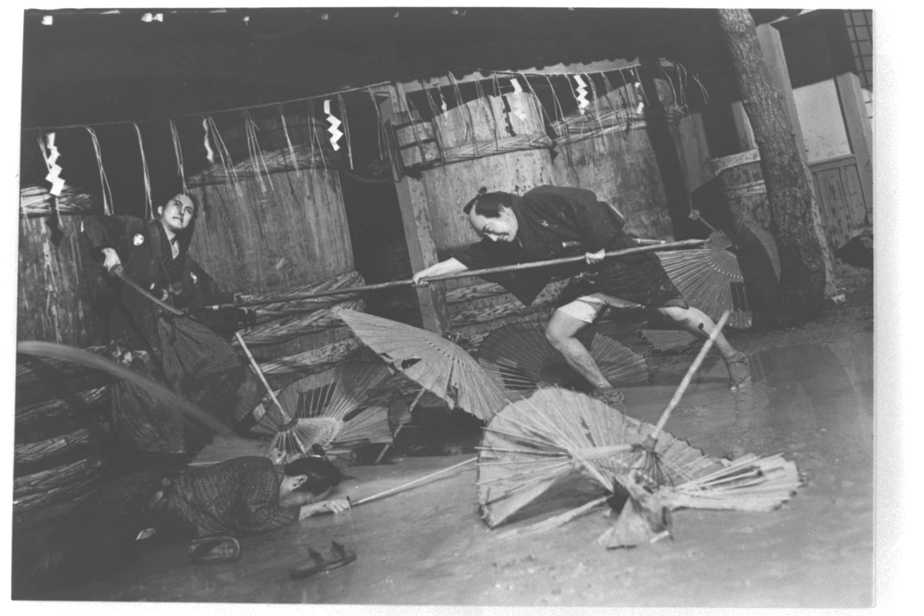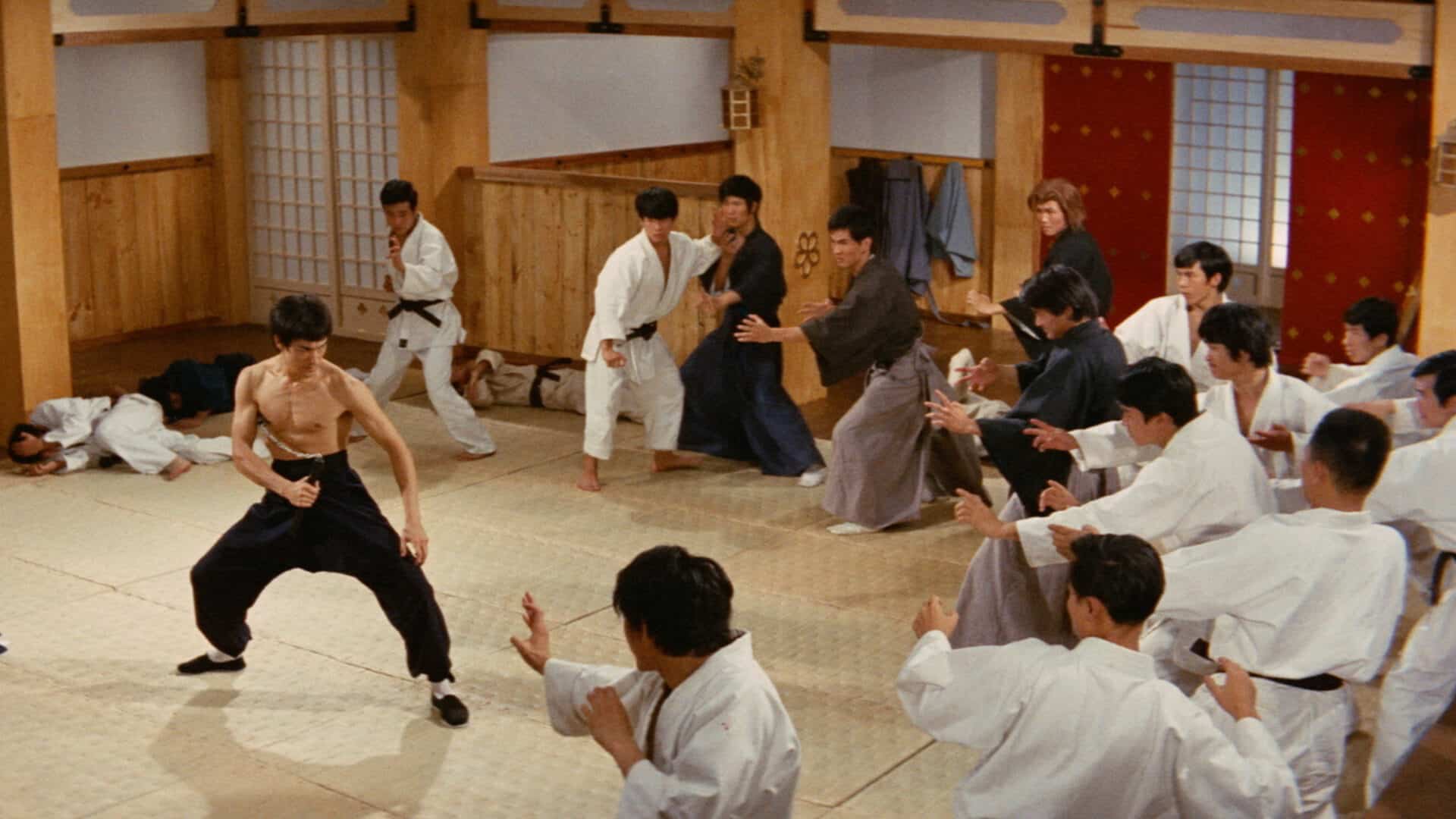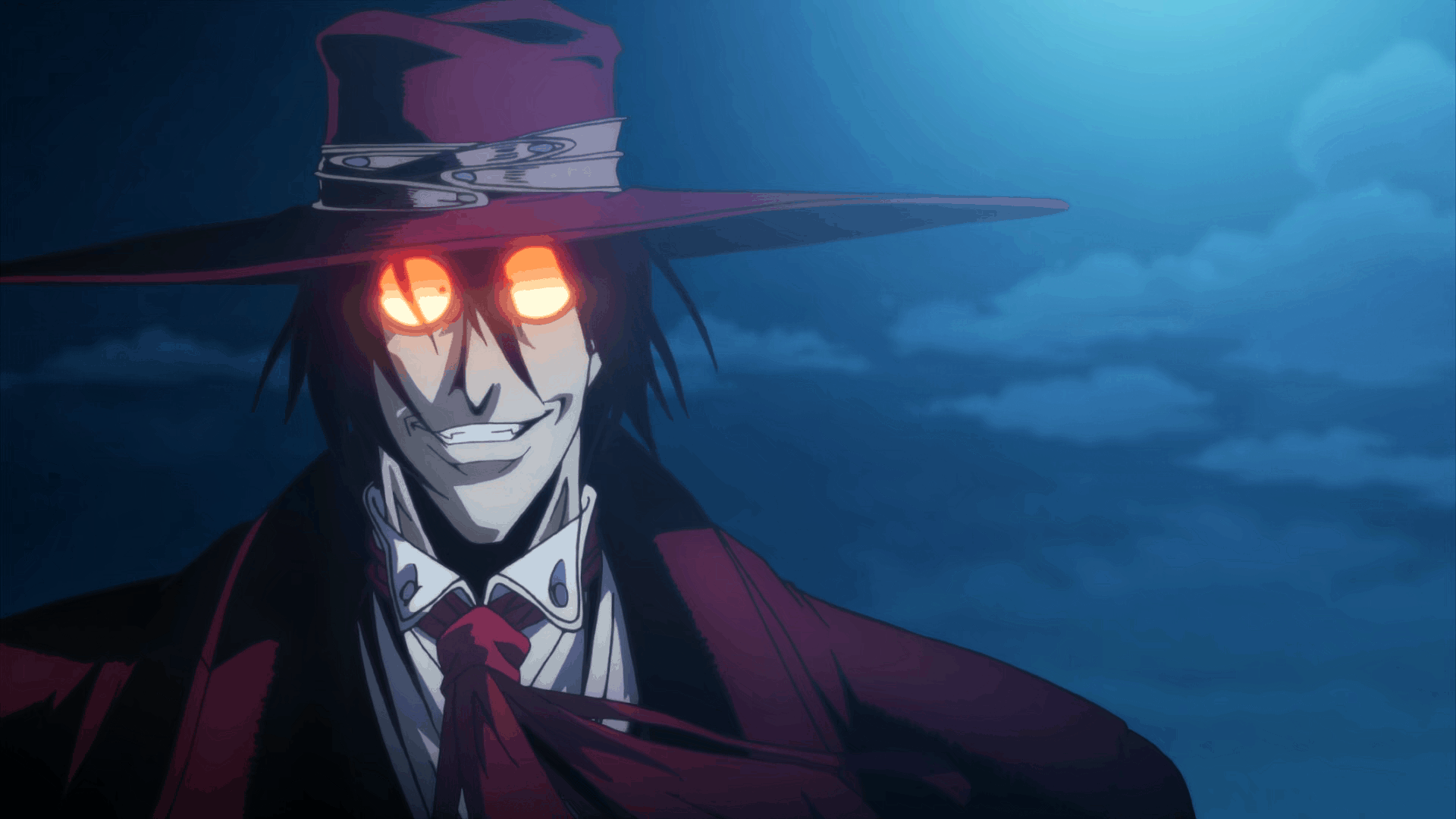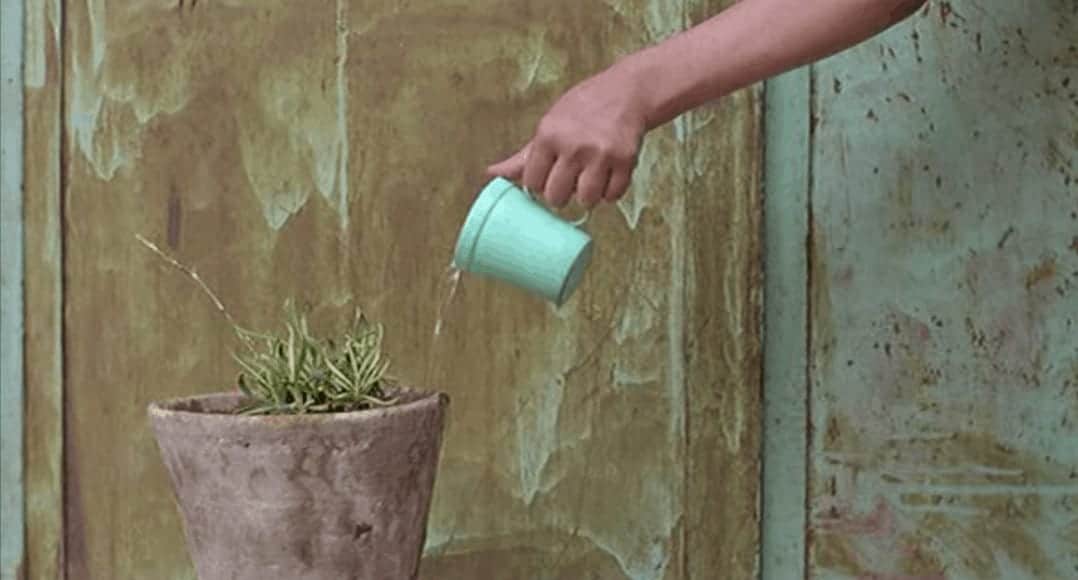Park Chan-wook's return to S. Korea from Hollywood, where he directed “Stoker”, also signaled his return to masterpieces, with “The Handmaiden” reaching the standards of his best films, like “Oldboy”. His passage from Hollywood did not have the same success his previous works had; however, Park seems to have implemented the aesthetics usually associated with American films in “The Handmaiden.” In the process, he has created a completely new amalgam, which seems to have taken the best from his unique style and Hollywood aesthetics, particularly regarding maximalism in terms of image and dialogue. The outcome is magnificent, a truly impressive film in all aspects. The awards it has already received from festivals and competitions all around the world is a testament to the fact.
Buy This Title

Please take caution, before reading, because the list contains many spoilers.
The script is based on the novel “Fingersmith” by Sarah Waters and takes place in Korea of the 1930s, with the country under Japanese rule. Con man “Count” Fujiwara has managed to insert himself into the very secluded circle of Kouzuki, an eccentric hedonist who has become the man in charge of a very large estate, and plans to marry his niece, Lady Hideko, the actual heiress of the family's vast fortune. Fujiwara devices an intricate plan to “steal” Lady Hideko for himself, and asks the help of a ragtag girl, Sook-hee, a petty criminal who lives with her aunt's family, all of whom are of the same “profession.” The plan is for the girl to become Lady Hideko's handmaiden, and to help Fujiwara seduce her. However, things do not go as planned, since an attraction is formed between the two girls, as the many plot twists result in a much-unexpected story.
Park stayed close to the structure of the book, which is split in three segments, with the first and the third telling the story from Sook-hee's perspective, and the second one from Lady Hideko's. However, each segment presents new perspectives on the facts, as the disclosures are continuous and shed new light on what is actually happening. In that fashion, Park managed to get the most from his script, and to keep the agony and the interest of the spectator unwavering until the last moment, while retaining the element of shock.

One of Park Chan-wook's most distinct traits could not be missing from this film. His subtle and intelligent irony is once more present, and exemplified by the fact that the house combines Japanese with European-style architecture, in a hideous manufacture that mocks the fact that rich people can do whatever they have in their minds, but that does not mean that they also have taste. The irony towards the aristocracy also extends to the whole concept of the underground erotic literature club, which makes fun of the rich individuals' tendency to always search for something new and extreme in order to overcome their boredom. The same applies to the depiction of their world as one filled with criminals and fortune hunters.
Park always finds space for some dark humor in his films, even in the most dire of situations, and “The Handmaiden” is not an exception. The scene in the beginning of the film, where Sook-hee tries to steal from Fujiwara is a distinct sample. The one, however, where this tendency finds its apogee comes near the end, when Kouzuki is torturing Fujiwara. The latter, being a masochist, actually indulges in his maiming, in a scene that emits humor and grotesqueness at the same time. The fact that most of the characters occasionally act like caricatures, with Kozuki inside his perversion and Sook-hee in her frustration exemplifying this trait, also moves towards the same direction.
The cast of the movie is definitely one of its biggest assets, chiefly because every role involves a transformation that the actors present elaborately. In that fashion, Ha Jung-woo plays the part of the cocky, seducing con-man Fujiwara to perfection. His transformation from a man so sure of himself to one utterly perplexed about what is really going on is his performance's biggest trait. Kim Tae-ri is great as Sook-hee, a petty criminal who falls in love and cannot hide her frustration regarding Fujiwara's treatment of Lady Hideko, as she acts like a true caricature. Her transformation from a mischievous but somewhat naive individual to a conspiring planner is also great. Cho Jin-woong has a distinctly cult role, as the eccentric uncle Kouzuki, whose perversion is evident even from his appearance and the way he speaks. Despite him having the only one of the roles that does not require any kind of transformation, he manages to stand out as he permanently acts as a perverse caricature.
The one who truly stands apart, though, is Kim Min-hee as Lady Hideko, who manages to portray a variety of different sentiments and notions, as she continuously transforms throughout the segments, from a naive, fragile rich girl to a cruel and calculating mastermind. The visual prowess of the production is exemplified by her almost porcelain beauty, as she frequently functions as a twisted and disturbed doll.
Chung Chung-hoon's cinematography provides great images, both in in the bucolic exterior of the mansion and the interior, with the S&M scenes in the literature club being the most impressive and abnormally original. The wide framing is excellent, and, in that fashion, many stills look like actual paintings, and occasionally, they actually are. The attention to detail is extraordinary, either in the shots of Kouzuki's treasured book collection or in the paintings Lady Hideko and Fujiwara draw or in the various calligraphic writings on scrolls and books. The same applies to the exterior shots with the ones in the rain and the full moon standing apart.The cinematography also works on another level, as what is actually occurring in the story is not presented through actions or words, but through the protagonists' facial expressions, in a film where nothing as it seems to be. In that aspect also, Chung Chung-hoon succeeds to the fullest.
Starting from the house's interior, designer Ryu Seong-hee did a magnificent job in combining Japanese simplicity with the hyperbole of the baroque style, in a maximalist amalgam that is stylish, as much as it is grotesque, particularly in the lower levels of the house. Furthermore, the interior of the house seems to change constantly, according to the segment of the story and the person who narrates, retaining, though, its distinct style. In that fashion, it actually functions as a living entity, as it seems to present more rooms, corridors, and viewpoints as time passes. Additionally, it actually mirrors the general aesthetics of the film, where nothing is as it seems.
Park Chan-wook used an unusual narration style, in order to stay close to the actual structure of the book. Thus, the film is split in three segments, with the first and the third telling the story from Sook-hee's perspective, and the second one from Lady Hideko's. In that fashion, he used much narration, and even narration within the narration, which is presented as the thoughts of the person that tells the story each time. His efforts were successful, particularly due to Kim Jae-bum's and Kim Sang-beom's editing, that kept the complex narration easy to understand, despite the fact that new events and perspectives are added in each segment. Particularly the various crosscut sequences are masterfully edited, as are the explosions of the color green that occur each time the action is transferred outside the mansion.
One of the reasons Park Chan-wook is so popular among audiences of different genres is that he manages to combine elements from the three largest film categories.
The art-house part is presented through the elaborateness in the technical department and particularly the cinematography and the set design. The long shots of the bucolic exterior of the mansion, the close shots of the interior, the moments without speech (although not many), the crosscuts, and the close ups on the characters' eyes are all elements usually associated with art-house films. The same applies on the emphasis on detail, which occasionally touches the borders of OCD, that is chiefly evident in the interior of the estate.
The mainstream element derives from the romance between a lady and a criminal in the story, the lesbian sex scenes, which are steamy as much as lengthy, the cast, which mainly consists of very popular actors, the various plot twists, and the theme of revenge, one of the most popular among S. Korean audience. The intense music that accompanies all the significant scenes also moves towards the same, mainstream direction.
The exploitation/cult element is somewhat toned down in comparison with Park's previous works, with the sole exception of “I am a Cyborg, but that's OK”. However, it is once more quite intense, and exemplified by the concept of the underground, erotic literature club, the abnormal eroticism that seems to emit from all its members, and the scene of torture, which is quite graphic. The concept of Kouzuki's character is also a part of the cult element, both in appearance and actual persona. Lastly, the appearance of a giant octopus in an aquarium in the basement is reminiscent of one of the most cult moments in Park's filmography, the scene where Dae-su is eating living octopi in “Oldboy.”
Through the extremity of the story, Park manages to present a number of social messages, once more. Trust is one of the most central, in its antithetic forms, the first being retaining it and the second losing it. Vulnerability, which can become a flaw or a weapon, depending on the circumstances. The fact that being rich can actually lead to some kind of imprisonment, with the only solution towards freedom being to leave it all behind. The effort people take sometimes in order to present a facade more appropriate to their status and their circumstances. The virtues of patience and intelligence that have to be injected with perception and cunning in order to flourish. Lastly, the crookedness of the world of the extremely rich, which is filled with crookedness and perversion, even more than the actual crime world.
Park Chan-wook is one of the greatest filmmakers of our time and this film is a definite proof of the fact.
















does this movie have sex scenes?
because i think it does.
Korean movies are starting to push sexuality in their movies secretly:/